



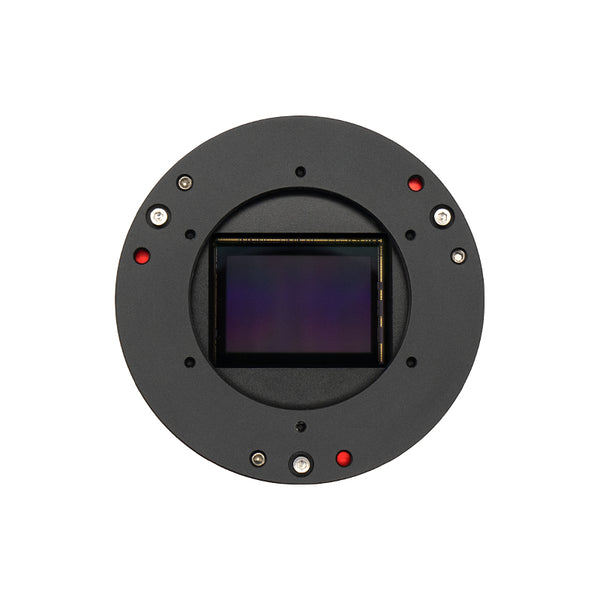



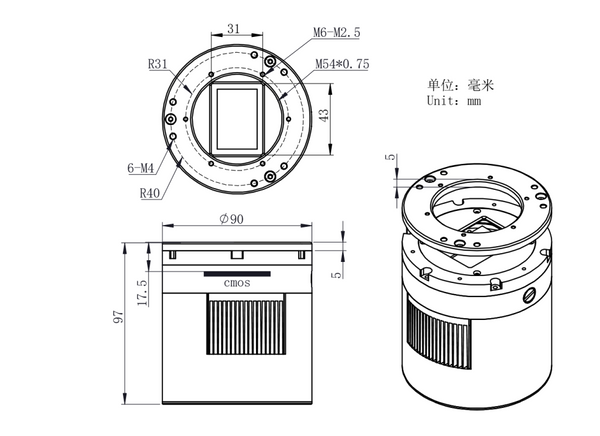















Why Purchase from All-Star Telescope?
Free Expert Support
Whether you are a first timer needing help with setting up or an enthusiast that can't quite make that one thing work, our expert staff are ready to support your needs. With decades of knowledge and first hand experience we've been there and we can help you through it!
Stress Free, Secure Transactions
You can trust purchasing and delivery with All-Star Telescope. All of our transactions are 100% secure and Level 1 PCI DSS compliant thanks to Shopify's ShopPay platform. For additional protection, we insure 100% of the value of every shipment we make. If it get's lost during shipment, we replace it. If it gets damaged during shipment, we repalce it. We make sure your product arrives exactly as you would expect it to; we promise.
We also ensure privacy protection. We never keep any of your credit card information on file and any of your personal data is stored accordign to our policies.
30 Day Return Policy
Buy with confidence knowing that we accept returns up to 30 days after purchase. We want you to have something you will actually use and we are confident that we keep good quality products in our store with No Junk.
Price Match Promise
Shipping around for the best price is tough, we make it easier by offering the best pricing in the market. But if you find a better price on an in-store item somewhere else we will match it!
Product Description
Our new ASI6200MM Pro camera combines an optimal set of characteristics for you to be able to take amazing images. The huge sensor and full-frame format will let you capture detailed, large images.
Sony IMX455 full-frame format sensor – giving a great field of view
- True 16-bit ADC – giving a high dynamic range of up to 14 stops!
- 62MP sensor with a pixel size of 3.76um – huge sensor and relatively small pixel size to capture amazing detail across a large field-of-view
- A large well depth of51.4ke- – no need to worry about saturating stars
- Ultra-low readout noise of 1.2 e- – bringing out more details in your images with improved dynamic range
- Zero amp-glow – even during long exposures, which means one thing less to worry about in post-processing
Amazing Craftsmanship, Lightweight body, Solid image quality
We have been working hard to reduce the weight of the camera while still improving the overall performance. After years of technical accumulation and repeated mass-reduction experiments by ZWO engineers, ZWO finally got the weight of the ASI6200 down to just 700 grams.
Full Frame format
The ASI6200MM Pro uses a full-frame format. The sensor length and width are 36mm * 24mm respectively, and the diagonal is 43.3mm. This is a 62MP camera with a small pixel size of 3.76um that can accommodate a large well depth of 51.4ke.
Native 16bit ADC
ASI6200MM Pro is our first batch of CMOS astronomy cameras with true 16-bit ADC. It is not a CCD-style 16-bit ADC – it really can achieve a dynamic range output of 14 stops. This significantly improves the image sharpness and contrast, and the contrast gradients are smoother and more natural-looking.
Sony IMX455 backlit sensor
Sony’s back-illuminated CMOS image sensor improves the sensitivity and noise reduction – the key factors to enhancing image quality. It does this by radically realigning the fundamental pixel structure from front-illumination to back-illumination, while still retaining the advantages of CMOS image sensors such as low power consumption and high-speed operation.
With a conventional front-illumination structure, the metal wiring and transistors on the surface of the silicon substrate that form the sensor’s light-sensitive area (photo-diode), impede photon-gathering carried out by the on-chip lens. A back-illuminated structure minimizes the degradation of sensitivity to the optical angle response, while also increasing the amount of light that enters each pixel due to the lack of obstacles such as metal wiring and transistors. These components have been moved to the back-side of the silicon substrate.
Camera Performance
The ASI6200MM Pro has excellent performance with a dynamic range of up to 14 stops that will greatly reduce the issue of overexposed images, and make colour gradients look smoother and more natural-looking.
When the gain value is set to 100, the HCG high gain mode is turned on. We’re not saying it’s magic…but we’d like to think it is pretty close. With the HCG-mode turned on, the readout noise is greatly reduced, and the dynamic range is basically unchanged.
Zero Amp Glow
Traditional CMOS sensors produce a weak infrared light source during operation, quite often seen in the corner of uncalibrated images This is the tell-tale signs of ‘amp glow’. As the ASI6200MM Pro uses zero amp glow circuitry, you won’t have to worry about amp glow even when using high gain, long exposure imaging.
Anti-dew
- ASI6200MM Pro comes with a polyimide heater that can avoid any dew problems.
- The anti-dew heater sits on top of the protective window and will heat it to avoid any dew problems.
- The heat anti-dew heater power is around 5W and can be turn off using software in order to save power.
QE value
The QE peak value of the ASI6200MM Pro is 91%.
Two-stage TEC cooling, ultra-low dark current
Thanks to the two stage TEC cooling, ASI6200MM Pro can lower the CMOS sensor temperature to more than 35 degrees Celsius below ambient temperature, which can greatly reduce dark current generation and sensor noise even during extended exposure times.
The unique dark current suppression technology can further reduce dark current noise. At a cooling temperature of 0 °C, the dark current noise is only 0.003e/s/pixel. This means a 300s exposure will only cause a dark current noise of 0.9e-, which is completely negligible!
USB3.0 & 256M DDR3 Memory
The ASI6200MM Pro is equipped with a USB 3.0 transmission interface and a built-in 256MB DDR3 cache to ensure stable and secure data transmission. Under long exposure, it effectively avoids frame dropping and greatly reduces the glow effect caused by slow reading speed.
Specifications
| Sensor | SONY IMX455 CMOS |
| Diagonal | 43.3mm |
| Resolution | 62 Mega Pixel 9576*6388 |
| Pixel Size | 3.76μm |
| Bayer Pattern | None |
| Shutter | Rolling shutter |
| Exposure Range | 32μs-2000s |
| ROI | Supported |
| Read Noise | 1.5-3.5e |
| QE peak | about 91% |
| Full well | 50000e |
| ADC | 16bit |
| DDRIII Buffer | 256MB |
| Non-volatile memory/On camera storage | Build-in total 192K byte user-accessible space(image size up to 480X320) |
| Interface | USB3.0/USB2.0 |
| Interface | USB3.0/USB2.0 |
| Adaptor | M54X0.75 |
| Protect window | D60-AR Coating |
| Dimensions | 90mm Diameter |
| Weight | 700g |
| Back Focus Distance | 17.5mm |
| Cooling | Regulated Two Stage TEC |
| Delta T | 35°C-35°C below ambient |
| Camera Power consumption | 650mA at 5V |
| Cooler Power consumption | 12V at 3A Max |
| Working Temperature | -5°C—45°C |
| Storage Temperature | -20°C—60°C |
| Working Relative Humidity | 20%—80% |
| Storage Relative Humidity | 20%—95% |
Additional Articles, Videos, and Links
External Links
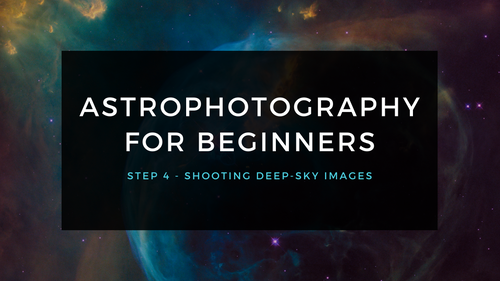
Astrophotography for Beginners Step 4: Shooting Deep-Sky Images
Taking deep sky pictures can be daunting, luckily there is an easy process to follow to allow you to get great shots! Here is the typical process for actually taking deep-sky images in the field.
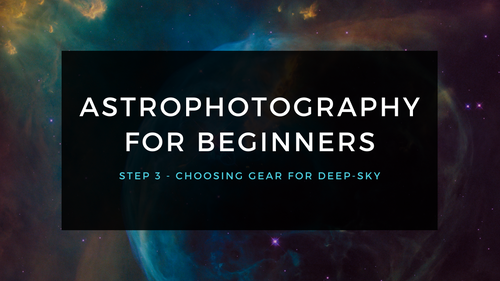
Astrophotography for Beginners Step 3: Choosing Gear for Deep-Sky Imaging
Using a star tracker gains you experience with the fundamentals of deep-sky imaging. Shooting the Moon gains you experience focusing and framing through your telescope. Through your sessions you’ll...
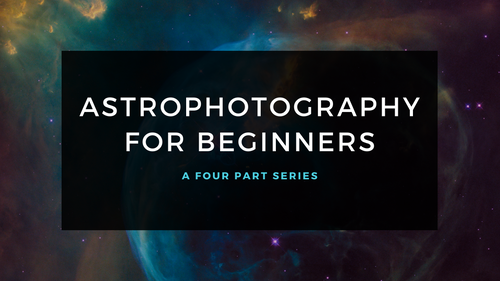
Astrophotography for Beginners - Start Here: Getting into Astrophotography Step by Step
Shooting the night sky has never been more popular, nor easier. The choice of equipment has also never been better, or more affordable. However, as per the advice given by Dickinson and Dyer in the...
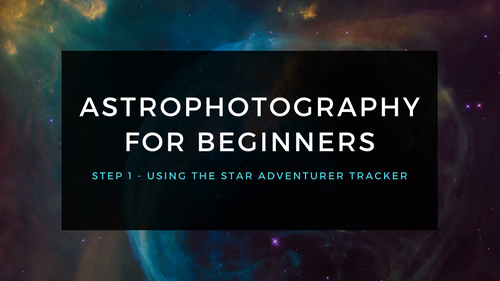
Astrophotography for Beginners Step 1: Using the Star Adventurer Tracker
By far the most economical and easiest way to capture beautiful images of the Milky Way and large deep-sky objects like the Andromeda Galaxy (shown here) is to use a star tracker. Here are steps an...
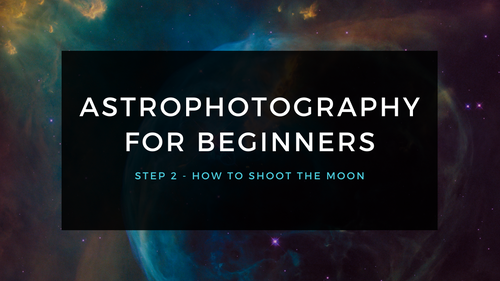
Astrophotography for Beginners Step 2: How to Shoot the Moon
Close-ups of the Moon are rewarding, and an easy way to learn to shoot through your telescope. While good results are possible with a phone camera clamped to an eyepiece (as shown below), this tuto...

